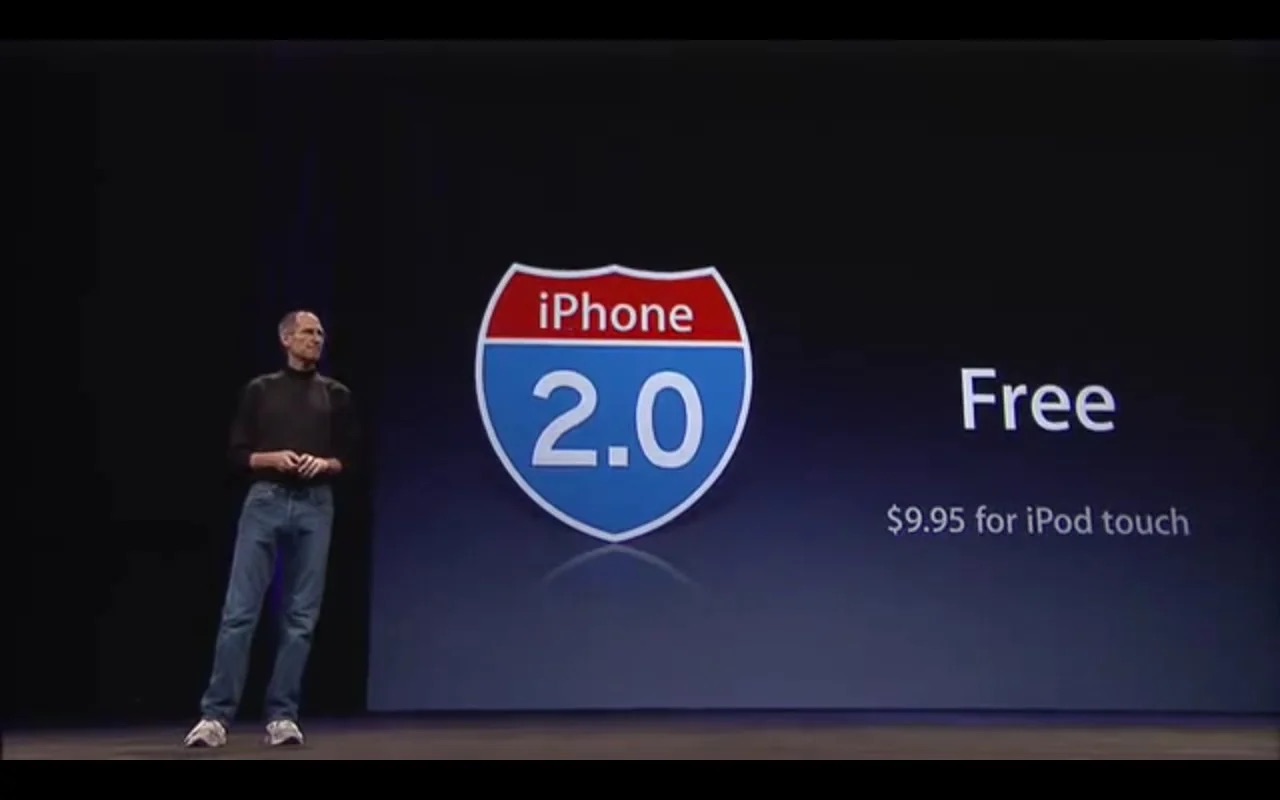Every reason Apple releases a major iOS update for the iPhone. For example, iOS 18 will be released in 2024. In addition to it, small “patches” are released almost every month, often with new functions.
We install these firmware updates for free. Click it, download it directly to your device, and use it with pleasure. We complain about bugs, demand new features for free, and so on.
Now imagine for a second that you would pay money to upgrade. Rave? Nothing like that: iOS updates once had a cost. Even some were paid patches for Mac.
For every update path you would have faced today, if Apple’s targeted lobbying campaign 15 years ago had not brought success.
In connection with the publication of a financial report from Cupertino, let’s remember in this article why this disease is such a thing – and it started today. Now I’ll also find out how the first fact is connected with the whole infection.
How much money did Apple take for iOS updates and macOS patches?

You bought an Apple device in 2008 or 2009. Great! Now be kind enough to post it in a couple of years…
▪ iOS 1.1.3: $20.
▪ iOS 2.0: $10.
▪ iOS 3.0: $10.
▪ iOS 3.1: $10.
▪ iOS 3.1.1: $10.
It looks like something creepy, but alas. Moreover, pay exactly owners of these iPod Touches, and iPhone users receive updates absolutely free of charge.
Further – worse. Your beloved MacBook can’t just get a new version of Mac OS. Not only does it cost money in itself, which was the norm for the industry as a whole 15 years ago. You’ll also have to pay an extra $2 per patch to unlock the device to support 802.11n wireless networks. No money, no patch, sorry.
Greed? Vice versa! To some extent, it was greed that helped preserve this principle in the past.
Why did Apple make paid updates?

The Sarbanes-Oxley Act, which was introduced in 2002 in the United States, is to blame.
This law tightened reporting requirements for companies after high-profile data manipulation scandals. One of its clauses prohibited recording income from goods in advance in reports if they have become operational or changed in any way since the moment of sale. This can only be done if the sale of such a product is stopped completely.
But if the product has functionality for an additional fee, then for this fee Can results in reports, as well as sales of goods themselves.
Example: A free software update or patch adds a new feature to your current Mac model. Apple can no longer show revenue from sales of this Mac in its financial statements until it is discontinued. The containment reports look terrible.
And vice versa: Apple offers an update with new Mac functionality. This is considered the sale of a separate item, and the income from the sale of both can be reported. Everyone is happy, except the users.

Apple’s revenue from iPhone sales has undermined this requirement only because in recent years, contract models are almost entirely concluded with operators. In the reports, iPhones were reported as income from contracts, not sale goods as such. Therefore, devices can freely receive new versions of iOS.
I have simplified the situation very much – if you are interested, read a very long article from 2009 on this topic. The financial accounting methods that Apple used also played an important role in the appearance of paid updates.
In any case, the complex bureaucratic delay created by Apple and its users officially declares problems. Microsoft, Xerox and other large technology companies have previously complained about it – but did nothing about it.

Thanks to the amendment of the next version of iOS, iOS 4was already worthy for all iPod touch owners.
Apple Vice President Elizabeth Raphael eventually took the matter to the US Financial Regulatory Board, which issued an opinion on the problematic provisions of the Sarbanes-Oxley Act. This happened in September 2009.
And in October of the same year, the Council adopted the amendment. EETF 09-3, which gave Apple and other companies a free hand. It is now possible to release free software updates with new technologies and still continue to use convenient financial reporting methods.
If this territory didn’t exist, you could be charged not only for a new version of iOS, but also for certain new features on the device. For example, in one case, you would have to pay extra to speed up fast wireless charging in an old iPhone.
How much would you pay for an iPhone firmware update?
Let’s say installation of iOS 18 costs 1999 rubles. Unlocking new AI functions – another 499 rubles on top.
Will you pay or will you be left without a new feature on a serious firmware?
I suspect that many would pay. Especially if other companies behaved the same way today, like Google with Android…
Source: Iphones RU
I am a professional journalist and content creator with extensive experience writing for news websites. I currently work as an author at Gadget Onus, where I specialize in covering hot news topics. My written pieces have been published on some of the biggest media outlets around the world, including The Guardian and BBC News.










